Learn 5 Wild & Useful Plants Near You
Author: Kirsten Bradley
Go to Source
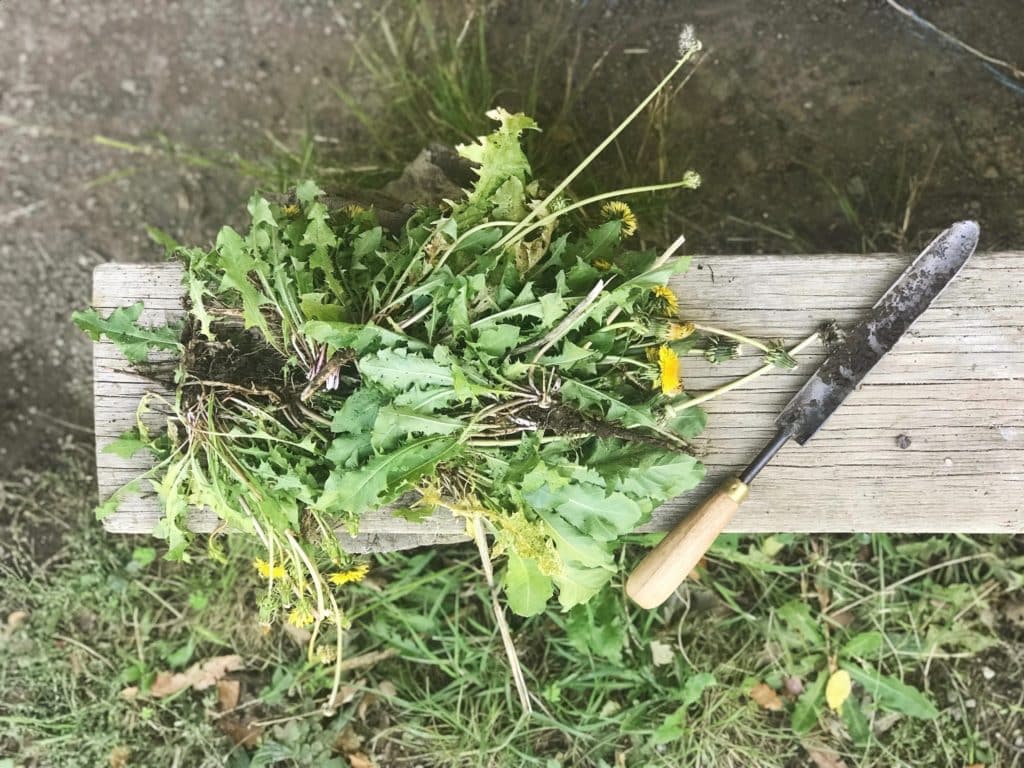
This everyday climate action for Permaculture Living 2020 is all about observing and interacting with your local neighbourhood and landscape – by observing, gathering and then learning about five wild plants that grow near you.
The great thing about learning to identify your local weeds and wild plants is that these are exactly the types of plants which often grow literally anywhere. And once you learn to identify some of them, you will probably start to find them everywhere – hiding in plain sight.
Why learn about your local weeds?
So firstly, why gather weeds? Why learn about the wild plants where you live? Because this is a way to build your resilience, and connect you to the place where you live.
Once you become a proficient forager, you can gather wild nutrients and medicines locally, and use them back at your home to make tasty dishes and simple medicines. Minimum food miles, zero packaging, and maximum connection to the place that you call home. It’s wins all round.
Some, or even most of the plants that you find around your feet may well be classified as ‘weeds’. But what is a weed, really?
A weed is simply a plant out of place, when you think about it. Sometimes that plant might be considered out of place because it’s not native to the area, or sometimes because it’s invasive.
And sometimes, even native plants are considered or labelled weeds if they are deemed non-ideal for a nearby industry like certain types of agriculture.
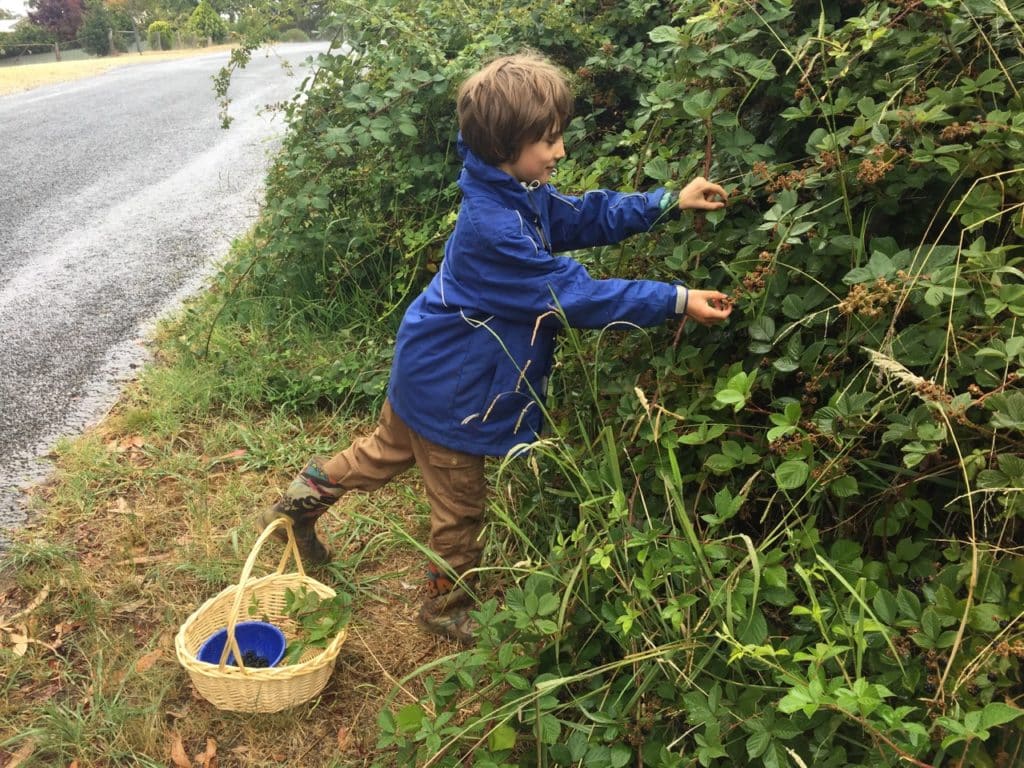
First step – take a walk
So – back to observing and interacting, and finding new plants around you. The first step in this action is to take a few walks around your local ’hood, keeping your eye out for plants growing wild.
Where you live, ‘growing wild’ might mean growing from the cracks in the pathway, or where walls meet the ground – where a tiny bit of soil and nutrients have collected, and seeds of tough and adventurous plants have followed, and then made a tiny life for themselves.
Or your local wild plants might be growing down by your local stream, or in your local park, popping up under shade trees. They might be down by the trainline, or in that spare block down the road, or even along your own back fence.
So take a few walks with a basket or bag – and some scissors, if you like, and go see what you can find. For this exploring phase, a foraging or local weed guide is a good idea to take with you also.
There’s some links below to good books and websites that you can use for this foraging bit. Or, if that’s not so much your style, just take a bag, some scissors and your enthusiasm – once you’ve collected a bunch of samples, get them home and then do the research to figure out what the plants that you’ve collected actually are.
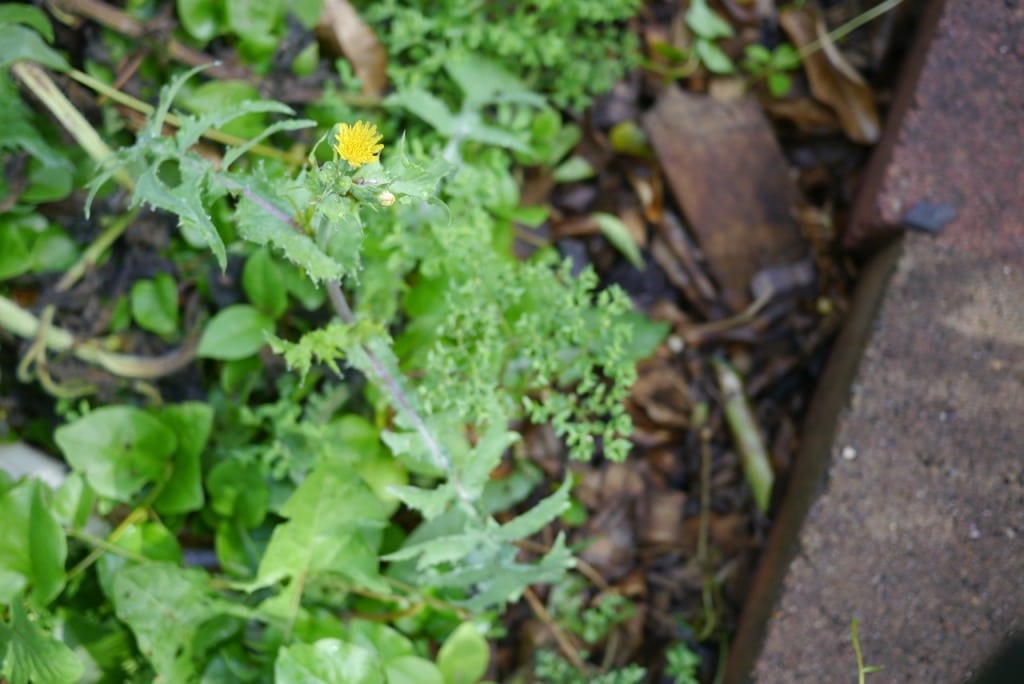
Learning to ID the plants that you find…
Learning to positively ID wild plants is pretty easy if you are willing to observe and interact, and be a bit patient too. If you can’t figure out what the plant is, look at its leaf shape, plant size, any smells it gives off, and note where it was growing – a dry or a wet patch, gravel or soil.
Sometimes it’s as simple as googling ‘weed – soft green small leaf wet patch blue flowers‘ – and with a bit of investigation you will be able to find a picture of what you have, and find its name.
Once you’ve done this – crosscheck! Research that name and triple check that the plant in front of you is the plant you think it is. Another idea is taking the plant to your local plant nursery, allotment or community garden – someone there may well be able to tell you what it is – again, crosscheck what they suggest and satisfy yourself that you have identified the plant correctly. Then move on to your next specimen.
Of course, as with any foraging – don’t eat or use the plant until you are very confident of it’s ID. If in doubt, go without! That said, there are a lot of great ID-ing resources now, from books to online forums to friendly humans, so use your noggin to figure it out.
Your direct ancestors chose their plants well for many millennia, and this means that you can totally figure out this new skill. Be brave, and learn to flex that excellent pattern recognition of yours, that they carefully handed down to you.
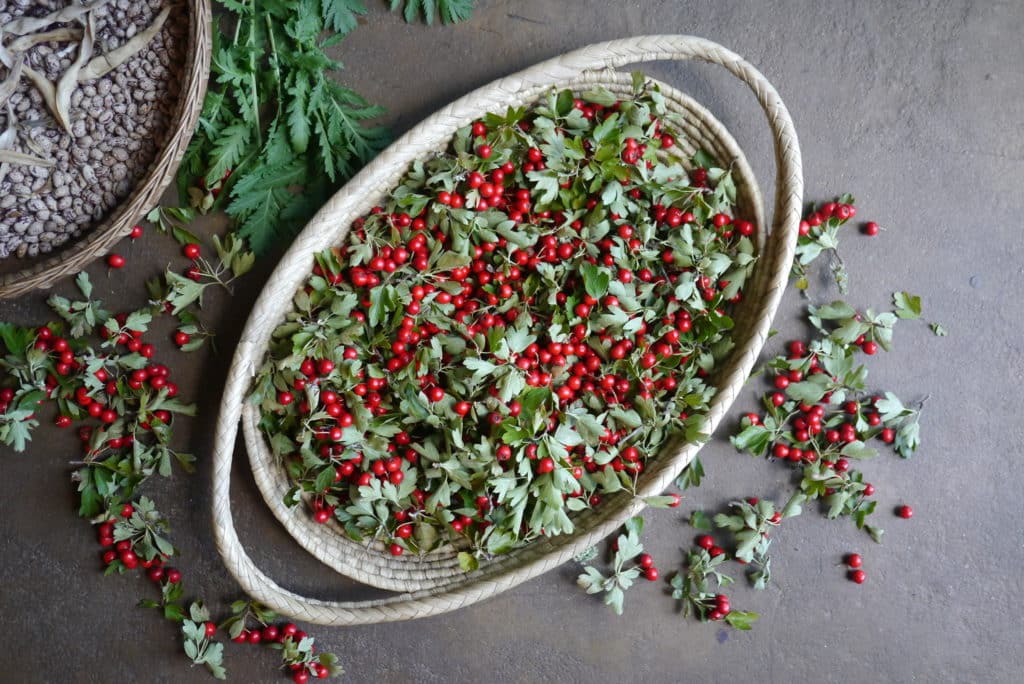
Then, research your plants’ uses…
Once you’ve identified all your specimens, the fun begins – research what they’re used for, and what to do with them. You might discover a new salad green, tea ingredient or medicine is right under your feet.
Also research if the plant has parts that should be avoided – for example, elderberries are delicious and also medicinal when ripe, but toxic when green. Don’t freak out, just keep researching – find out what you need to know, so you can interact with the wild around you, and make the most of it.
You might be surprised about how this process of observing your daily neighbourhood subtly shifts your relationship to place… and many people find this, when they start learning about wild plants and their uses.
Wild plants tell us many things about where we live, and what the landscape is going through – where the wet patches are, where the soil is compacted, what used to be there.
And I think many of us sometimes feel that our ability to interact with the natural world in an everyday way where we live is limited – but learning wild plants, and learning how to use them, can help us rebuild that connection with where we are, and to see the beauty around us.
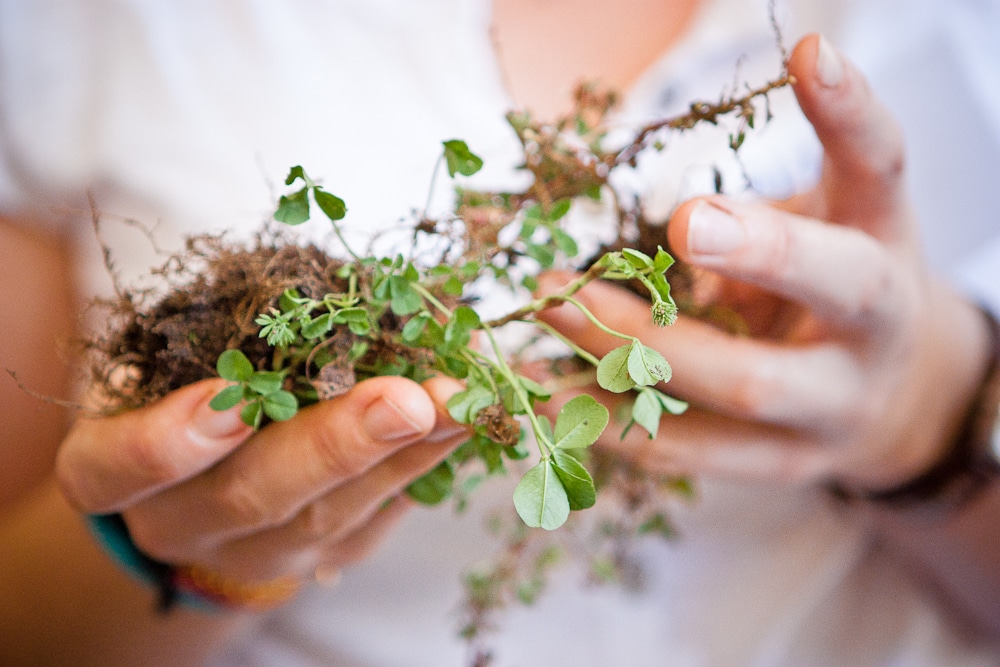
Local plants connect us to place
Learning about weeds and wild plants also connects us with our own histories – histories of medicine, food, foraging and other uses that these wild plants have been connected to in the past.
By learning how to use these simple weeds and wild plants, we can bring that history, and our wild spaces, and sometimes wild nutrition, into our kitchens and our every day.
Learning to use our local wild plants also gives us the chance to re-invigorate this old, old knowledge and pass it forward – so that in turn, others can establish vital and functional connections to the plants and places where they live, too.
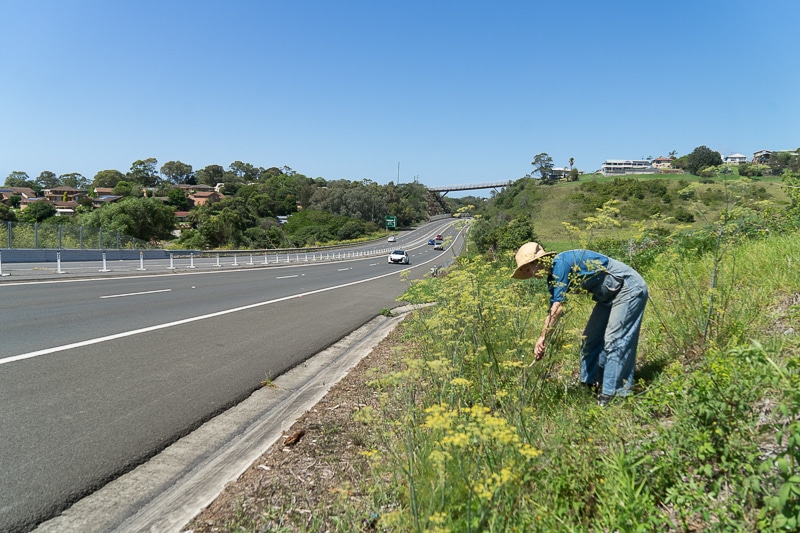
What if it’s not healthy to forage where I live?
Now – if you have a concern that the plants you gather might not be very clean, or suitable for use because you’ve gathered them from somewhere with lots of herbicides or dog poo or whatever – that’s okay.
This is an exercise in learning to observe and interact with the wild plants around you. Even if you decide not to eat or use the specimens you gather, you will have learned the pattern recognition of these plants – and this is the most important bit.
Once you can positively ID your five useful, local plants, you can then keep an eye out for them in places that you DO know are clean – and once you find them, you’ll know exactly how to use them.
You’ll be ready to interact with the wild around you, and make medicines, salads or other tasty or useful things from the plants that you find.
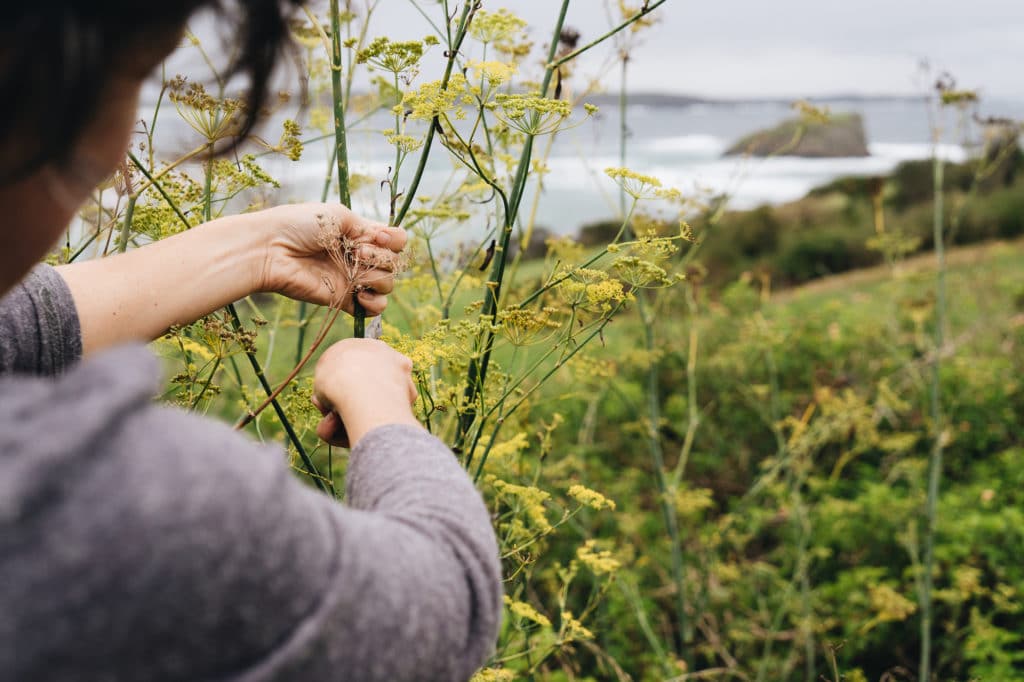
Our 5 local wild plants
Alrighty – here’s a snippet of five wild and useful plants that we’ve learned to ID and gather where WE live. Your list will be different, of course.
Dandelion – Taraxacum officinale – the good ol’ dandelion is one of the most widespread weeds in the world, and every single part of it is useful, edible and medicinal. It’s fairly easy to identify with its sawtooth leaves, taproot and bright yellow flowers.
The taproot, if you can get it out with a trowel or some wiggling, is delicious roasted slowly in bits to make dandelion tea. Or you can dry the roots to make a medicine – it helps calm digestion and is fantastic for women going through menopause.
Dandelion leaves are best gathered while they’re young, in spring – but are useful throughout the year, in salads or cooked up with other greens. Dandelion flowers are great in fritters + salads – and also as a tea with the leaves, for sore throats or to calm you down. The tea from the leaves and flowers can be quite bitter, but that’s what honey is for!
Chickweed – this is Stellaria media – it’s a soft green thing that grows in damp places. It can used in salads or as cooked greens, very high in iron, and can also used in medicinal salves. It has anti-itch properties, and is traditionally used to combat things like anaemia and bronchitis
Wild Fennel – Foeniculum vulgare – often found in dry places – trainlines, headlands, verges etc. Watch out for lookalike hemlock if you’re gathering the seeds in winter after the greens have died down, as their seed heads are similar – to check, crush the seeds – fennel seeds smell liquorice-y, hemlock seeds don’t.
We use the seeds in cooking and also in tea, it’s good for sore throats. The green foliage is great in salads or baked, if you can find some non-woody shoots.
Hawthorn – Crataegus – found by roadsides – prickly tree, bright red ‘haws’, very old medicine. Leaf tips and flowers in the early spring can be used for tea, the haws, which come in autumn, can be gathered and dried tea or can be mushed in their fresh form into fruit wraps and jelly.
Turkeytail mushrooms – Trametes versicolor – found all over the world – learn to positively ID this one first, before gathering. Turkeytail is medicinal as a potent tonic, also used in cancer treatment in traditional Japanese and Chinese medicine, also great for adding to home-brew beer, or crumble into tea or grind with coffee beans for a medicinal morning brew.
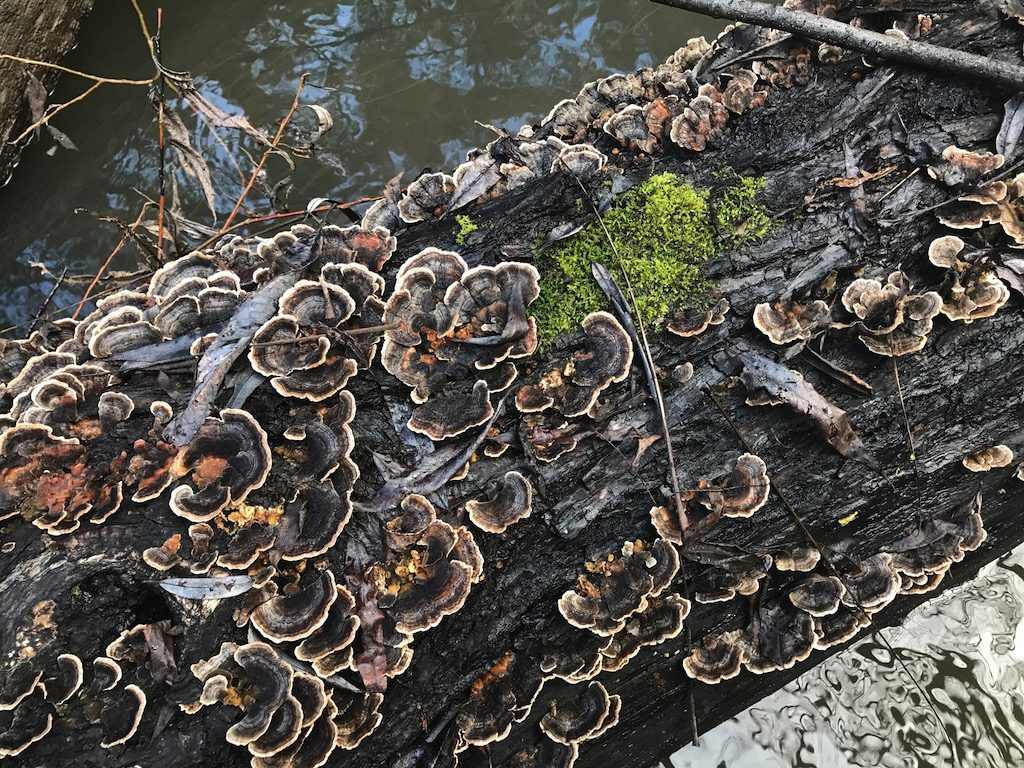
Isn’t it amazing to realise that you live in the middle of a medicine cabinet, right in your very own neighbourhood?
All around you, wild plants are peeking through the cracks, full of goodness. This is observing and interacting at the home level, with benefits for you, your landscape and your community too.
Your result: better sense of place & pattern, plus free food!
I hope this action spurs you on to learn even more about the wild plants where you live, and maybe even teach others about them , as well.
We all come from the wild, after all, and there’s no reason that we can’t learn to let it back into our daily lives. With careful attention and learning to ID plants properly, your knowledge will grow, and deepen, and grow so more – and so will your relationship with the natural world around you.
Not only can taking this action introduce you to new zero-footprint foods and medicines, learning the wild plants around you fundamentally increases your resilience. Becoming more aware of our places, and cultivating relationships with where we are, arms us for both action and for care.
Action and care for ourselves, for the places where we live, and for our communities. Good luck.
What wild plants have you recently discovered? How can you use them?
This everyday climate action is part of our Permaculture Living 2020 series – this year we’re sharing one action a week that you can get started with right now, to make meaningful changes, both big and small, with do-able actions and habits. Make sure you’re on our newsletter so you get notified of all the goodness.
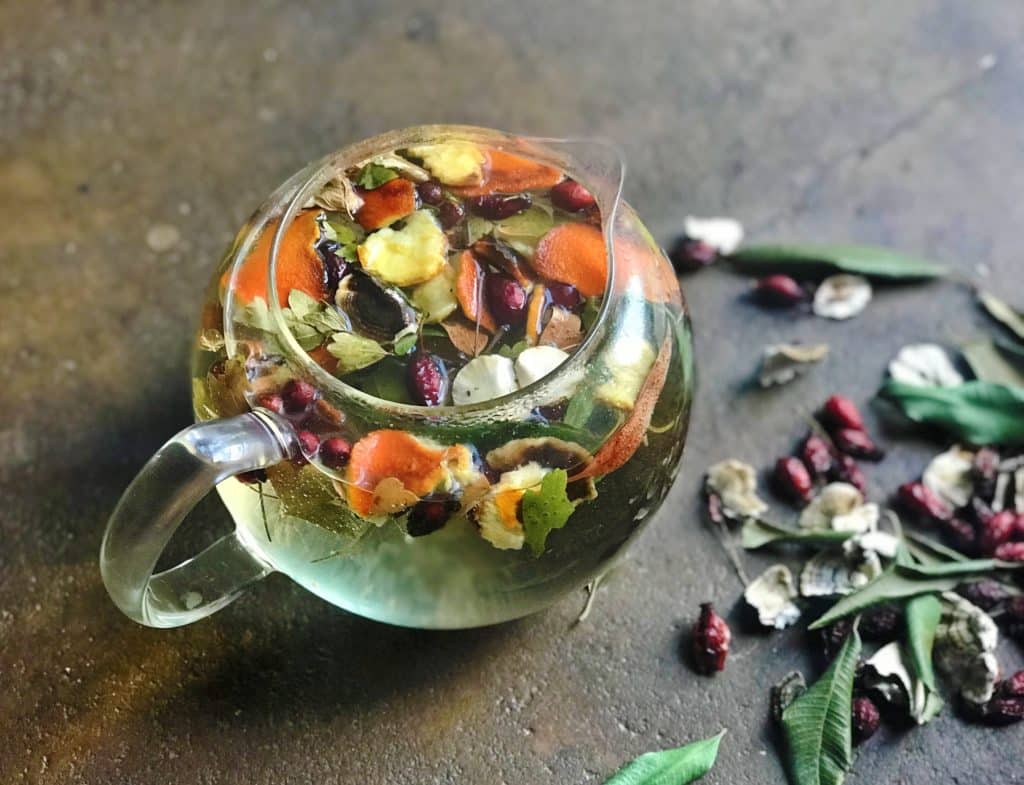
Resources to help you along your way
Need help ID-ing one of your found plants? Join our Milkwood Permaculture Community group, post a pic of your plant and ask our brains-trust of awesome folks. We’ll all do our best to figure it out with you.
ARTICLES
- Foraging Food – all our articles about wild foods and what to do with them
- The Milkwood Kids Seaweed Guide – holiday foraging fun
- The Right to Roam: Tips for First-time Foragers – a short guide
BOOKS
- Milkwood: Real Skills for Down to Earth Living, Kirsten Bradley and Nick Ritar (Murdoch Books, 2019), Chapter 5 ‘Wild Food’ – packed with tips for ID-ing plants, as well as recipes
- The Weed Forager’s Handbook: A Guide to Edible and Medicinal Weeds in Australia, Adam Grubb and Annie Raser Rowland (Hyland House, 2012) – top edible and medicinal weeds and uses – Permaculture Principles (AU) / Permaculture Principles (US)
- Braiding Sweetgrass: Indigenous Wisdom, Scientific Knowledge and the Teachings of Plants, Robin Wall Kimmerer (Milkweed Editions, 2015) – Indigenous teachings on plants and animals – Booktopia / Amazon
- The Thrifty Forager, Alys Fowler – one of our faves – Amazon
- The New Wildcrafted Cuisine, Pascal Baudar (Chelsea Green Publisher, 2016) – making wild concoctions and recipes for pickling and preserving, fermentation etc – Booktopia / Amazon
- The Wildcrafting Brewer, Pascal Baudar (Chelsea Green Publisher, 2018) – philosophy and practical techniques for making wild beers, wines, meads, sodas etc – Booktopia / Amazon
- The Forager Handbook: A Guide to the Edible Plants of Britain, Miles Irving (Penguin, 2009) – how and where to find wild plants, plus recipes – Amazon
- The Forager’s Calendar: A Seasonal Guide to Nature’s Wild Harvests, John Wright – great little guide – Amazon
PODCAST
- Indigenous Knowledge for Earth Healing, For the Wild, Robin Wall Kimmerer – traditional ecological knowledge of care and responsibility to the earth and its creatures
RECIPES
- Elderberry Everything: Wine, Vinegar, Medicine + More – multitudes of uses for this old medicinal and beloved plant
- How to Make Herbal Salves, Mountain Rose Herbs – herb beeswax and vegan salves
- How to Make Salves with Herbs and Essential Oils, Floranella – beeswax salves, methods, precautions and uses
- Making: Wild Fermented Elderflower Soda – a family favourite
- Making Wildwood Tea – ingredients from your place, in a teapot
The above material is an snippet of one of the actions in our Permaculture Living online course – a 12 week, interactive, in-depth program that will take you from ‘hmm, that sounds like a good idea’ to a version of yourself who is FULL of new projects, habits and knowledge – and motivated to start making life better. Better for you, for your ecosystem, and for our planet, too.
The post Learn 5 Wild & Useful Plants Near You appeared first on Milkwood: permaculture courses, skills + stories.
